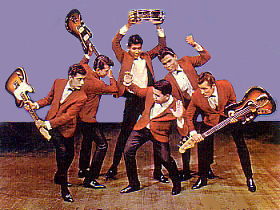Hobby Lobby, a closely
held corporation, is a secular, for-profit business, but the Court held that
because the owners of Hobby Lobby held a sincere religious belief that certain
forms of birth control caused abortions, they could deny employer-paid
insurance coverage for them. Justice Samuel Alito insisted, in his opinion for
the Court, that his decision would be very limited in its effect. Responding to
the dissenting opinion by Justice Ruth Bader Ginsburg, who called it “a
decision of startling breadth,” Alito wrote, “Our holding is very specific. We
do not hold, as the principal dissent alleges, that for-profit corporations and
other commercial enterprises can ‘opt out of any law (saving only tax laws)
they judge incompatible with their sincerely held religious beliefs.’ ”
Justice Alito, who pledged such fidelity to stare decisis during his confirmation hearings, apparently has no clue how the doctrine works.
The track record of judicial decisions since the Hobby Lobby decision show that Justice Ginsburg was likely right. A U.S. District Court judge in Utah has ruled that a leader of a religious sect was not required to answer U.S. Department of Labor questions about potential child labor violations because to do so would place a "substantial burden" on his "sincere" religious beliefs against publicly disclosing church business.
It's hard to imagine what would not be protected at this point. Remember the furor over the Catholic Church failing to turn in pedophile priests? Now they can simply claim to do so would be a substantial burden. In states where teachers are mandated reporters of suspected child abuse, can religious school teachers claim an exemption from reporting severe physical abuse because of a sincere religious belief in corporal punishment?
Put on your life jackets, folks because the floodgates are open.



